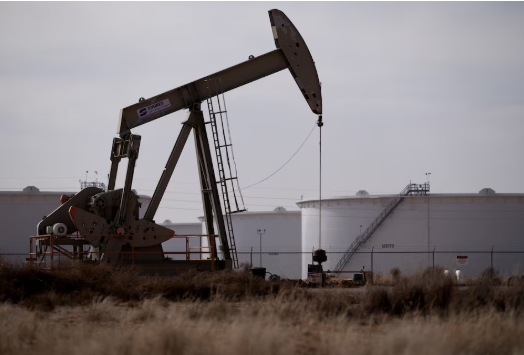
Heysham 1 and Hartlepool will now continue generating power until March 2027. Previously, they were due to close in 2026. Heysham 2 and Torness will now continue operations until March 2030 rather than 2028. EDF also announced a further £1.3bn ($1.65bn) investment into its five plants.
Mark Hartley, Managing Director of EDF’s nuclear operations business, said: “When EDF acquired these stations in 2009 they were all due to end generation by early 2023 which would have left the UK with just one generating nuclear power station at Sizewell B. Careful stewardship and around £8bn of investment has seen several life extensions for these stations and much higher output than was predicted.” British Gas owner Centrica also holds a 20% stake in the NPPs.
Construction work on Hartlepool started in 1968, taking 15 years to complete. Heysham 1 began operation in 1983 followed by Heysham 2 in 1988. Hartlepool was due to close in 2014. This is the fourth time Hartlepool has received an extension previous changes were announced in 2010, 2016, and 2023
Mark Lees, director of the Hartlepool station described the extension as “great news for this town, this region, and indeed, this country”. He noted: “In a typical year, this station produces so much electricity it could meet the needs of every home between Scarborough and Scotland. And all from a relatively small footprint.”
Heysham 1 station director Mike Davies also welcomed the decision. “We’ll continue to make positive contributions to the region by generating low-carbon electricity while supporting local families, businesses, and jobs,” he said. The two Heysham plants employ more than 1,500 staff and contractors. It has produced enough electricity to power every home in Lancashire for more than 265 years, according to EDF.
Torness, which began generating electricity in 1988 was originally due to be decommissioned last year. In 2016, a decision was taken to extend Torness’ life until 2030 – but the discovery of cracks in the graphite bricks, which make up the reactor cores of some advanced gas-cooled power stations, led to a review. As a result, it was announced in 2021 that the closure dates for Torness and Heysham 2 would be brought forward again by two years to 2028. EDF says it has spent several years studying the progress of cracking and engineers now have a better understanding of the issues. Regular inspections will be carried out to ensure the sites can continue to operate safely.
The National Energy Systems Operator (NESO), a new publicly-owned body tasked with connecting generation projects to the grid, said nuclear will play an important role in the UK’s energy mix up to 2030 and then with new capacity out to 2050. A report by NESO said nuclear sites will be needed to maintain grid stability.
Centrica CEO Chris O’Shea described the extension as “critical to UK security of supply and the country’s net zero ambitions”. He added: “In an energy system that is becoming ever more intermittent, baseload power generation that doesn’t depend on the sun shining and the wind blowing is essential to keeping the lights on. We’re delighted that a further extension was possible which allows us the time necessary to develop other zero carbon dispatchable electricity generation options such as new nuclear and hydrogen-fired generation. We must move at a faster pace to ensure that these replacement technologies are deployed in time.”
UK Energy secretary Ed Miliband said the extensions “are a major win for our energy independence – powering millions of homes while supporting 3,000 good jobs across Lancashire, Teesside, and East Lothian,” he said. “We can’t achieve clean power by 2030 without nuclear, which provides an all-important steady supply of homegrown clean energy.”
Nuclear Industry Association Chief Executive Tom noted: “The AGRs are the most productive clean energy assets in our history and their extra output will cut over 9bn cubic metres of gas use and save over 16m tonnes of CO2. However, their generating lives can not be repeatedly extended – so as welcome as this news is – it is not a substitute for getting on and building new nuclear capacity at Sizewell C, a fleet of SMRs and a project at Wylfa to ensure a clean, secure, reliable power system for the long term.”
A spokesperson for the Office for Nuclear Regulation (ONR) said: “As the independent nuclear regulator, we are conscious of the nation’s energy challenges and government aspirations to achieve net zero. To this end, we will always endeavour to regulate in an enabling manner, working constructively with EDF on its lifetime extension ambitions, while ensuring it achieves the required standards of safety and security in the most practical way.
The official added: “Although their plant life extension decisions do not need formal regulatory assessment or permissioning by ONR, it is a requirement of the site licence that operations be carried out under a valid safety case. Several safety cases at each station are likely to require updating to achieve EDF’s stated ambitions, together with investment in plant to sustain equipment reliability, all while ensuring that the necessary people and skills are available. The ongoing safety of operations at any nuclear site must be fully demonstrated to us as part of ongoing regulation which will be informed though our extensive inspection and assessment regime.”







